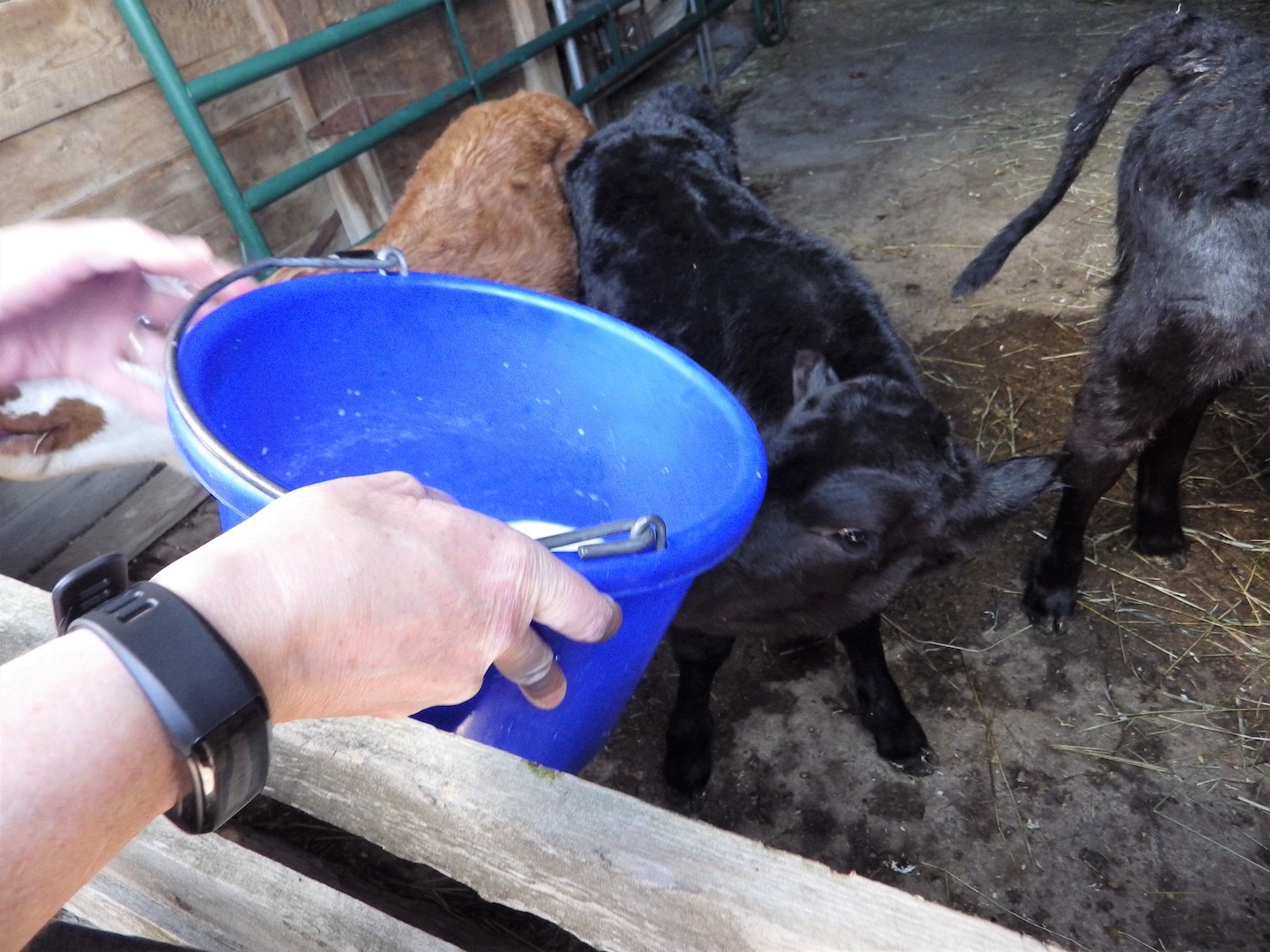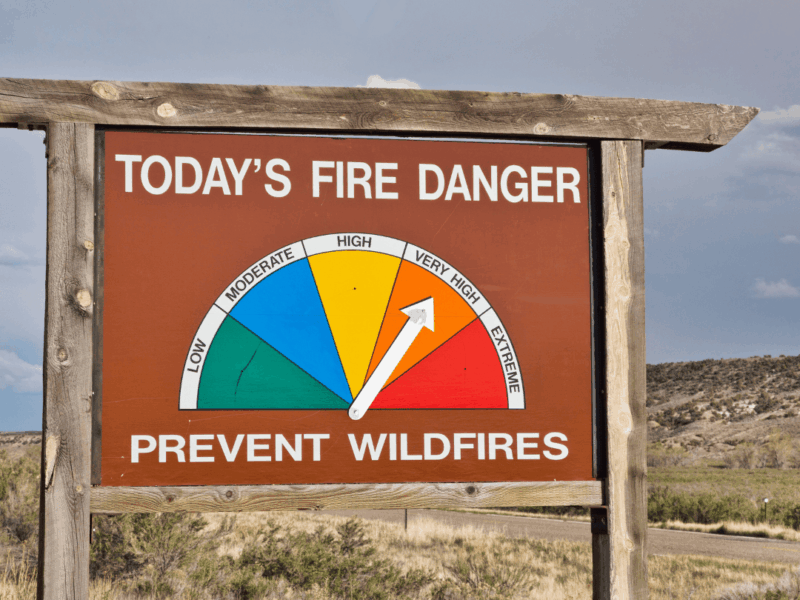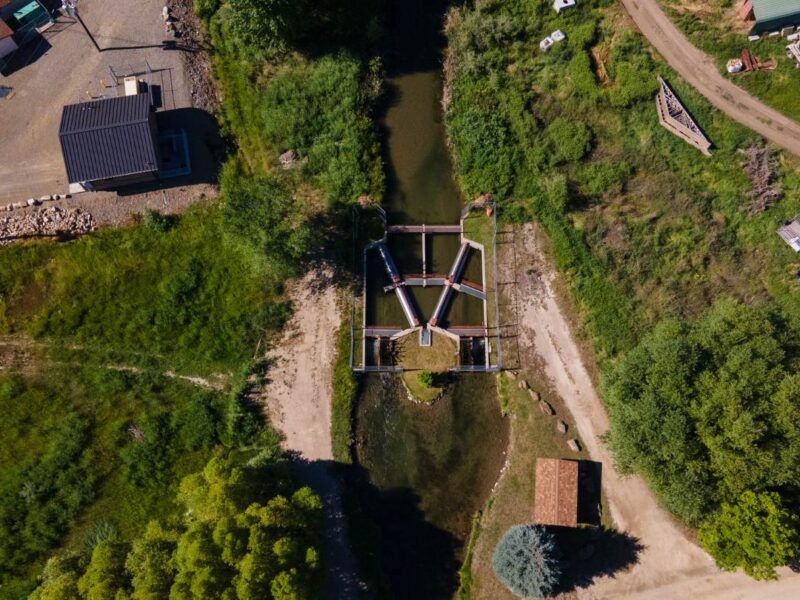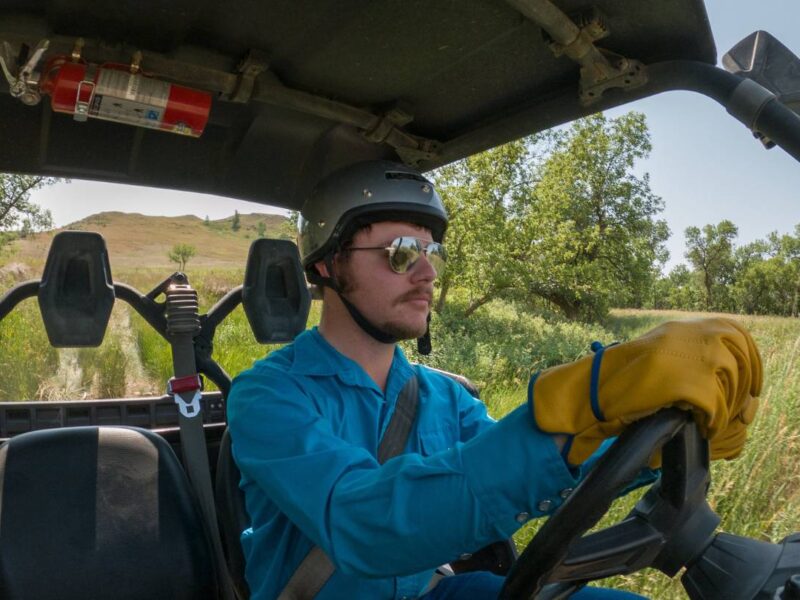Jo. A Human of the Working Wild
“I was not born to being a rancher, I married into it. I met my husband, Jim, in college. Part of the proposal included eventually becoming the third generation on this ranch. My husband’s grandfather and his brother were in their early teens when they left Europe serving as cabin boys, arriving in the United States in 1892. After working around the country, he accumulated enough to buy this homestead in 1907. It has been in the family ever since. There have been a lot of changes over the years and generations. When we bought the place from Jim’s parents there were 10 ranches on our road and we are the last one standing.
“It means a lot to be multi-generational, and for us the land is actually a part of the family. A lot of history had occurred while the family has provided direction and stewardship on this land. Being a steward of this land and the animals that reside here is a moral obligation. We strive to give our animals and land the best possible care, the best that is available.
Being a steward of this land and the animals that reside here is a moral obligation. We strive to give our animals and land the best possible care, the best that is available.
Jo.

“We constantly ask ourselves, are we doing our best? In our family, and most ranching families, what you try to do is prepare for the worst, hope for the best, and then deal with what you get. You hope you’re prepared and you’re always second guessing. Would it have been different if I’d done this or if I did that. What if I had found this sooner.
“Two years ago, a calf was born during a blizzard. Literally when we got to it, she was partially frozen. Through the night we worked and brought her back slowly so that it wouldn’t cause any damage to brain, muscles. We managed to save her. It was tiring, we were worried but it was worth it. We named her Miracle, kept her as a replacement heifer and she was the first heifer to calve this year and presented us with a strong, healthy, bull calf.
“What keeps farmers and ranchers going is that they are eternal optimists. Every day is a new day. It’s a new opportunity. There may be some new things that you find. I’m always learning new things that can help and make it easier.

“Besides ranching, we are known for sharing the story of agriculture and ranching. If they can’t come to the ranch, we go to them. I am known for “Have mouth will travel” but the whole family takes the opportunity to share our life. Not only the how and why we do the things we do but the benefits to the general public in what we do. I have an advantage because as a teacher, I have always told stories. I believe that people learn from stories. They remember stories. I’ve also always believed that you can’t teach somebody something that they have no experience with. You have to start with something they connect with and help them grow from there.
“Students visit every year to tour our ranch and to gain an understanding of working lands. When they come, I want them to experience the ranch like we do so I have them do an exercise which connects them to the land. When they come, I have them pick a spot. I then take them on a guided vacation. I have them close their eyes and have them focus on getting to know that spot with their senses. They focus on what they hear, then on the smell, what it feels like with their hands, what other things they feel, is it warm, where is the sun, is there a wind. Then they open their eyes and what do they see, what colors do they see. Once they have connected to that spot, they are ready to learn more about what happens on that spot, and all that surrounds it.
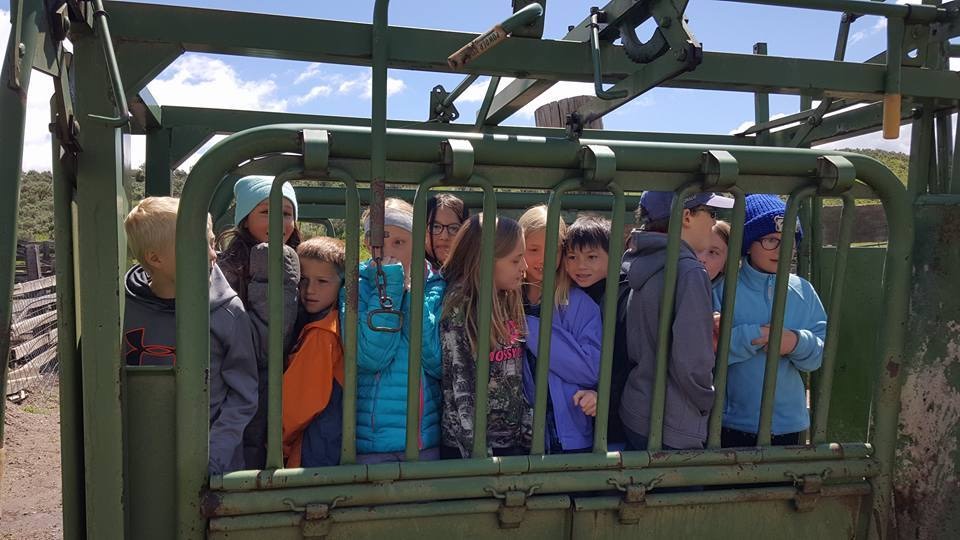
“We have brought kids to the ranch annually since 1975. I am always amazed when some adult comes up and tells me that they still remember the time when they were in grade school and they got to come to the ranch either for branding or on a school field trip. Three of my students that became teachers use the “guided vacation technique” to help their students connect with a sense of place and nature. It’s a technique which can help connect urban kids to nature and then they can begin to understand and connect with what farmers and ranchers experience on their ranches every day.
We have brought kids to the ranch annually since 1975. I am always amazed when some adult comes up and tells me that they still remember the time when they were in grade school and they got to come to the ranch either for branding or on a school field trip.
Jo.
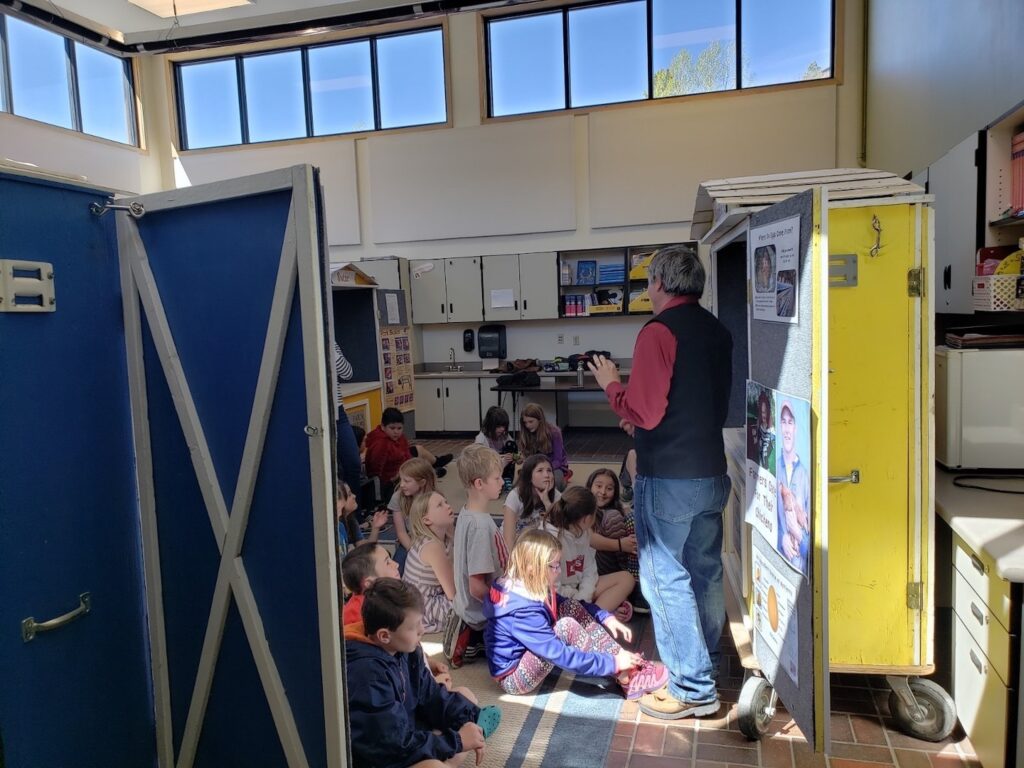
“I believe one of the biggest barriers for making connections with people with different perspectives is the tendency to make assumptions or generalizations. It’s deadly to the conversation because it stops meaningful conversation before it starts. Even in everyday ranch life, making assumptions can cause extra work. The assumption that the cows won’t come out of an open gate because they’re at the other end of the pasture can lead to running a marathon. The assumption that the cow that has given no problem when tagging her new calf 5 years in a row can put you in the hospital. I have been lucky enough to make connections in Germany, across the country, the state, and locally and I still find myself having to guard against making generalizations and assumptions.”
Humans of the Working Wild is a collection of stories from people in the West who are living, recreating and working with and among wildlife on working lands, lightly edited from their own spoken words. Humans of the Working Wild speaks across the rural-urban divide, sharing common human experiences on working lands that provide important wildlife habitat. We are inspired by one of the most successful profile series of all time, Humans of New York.



